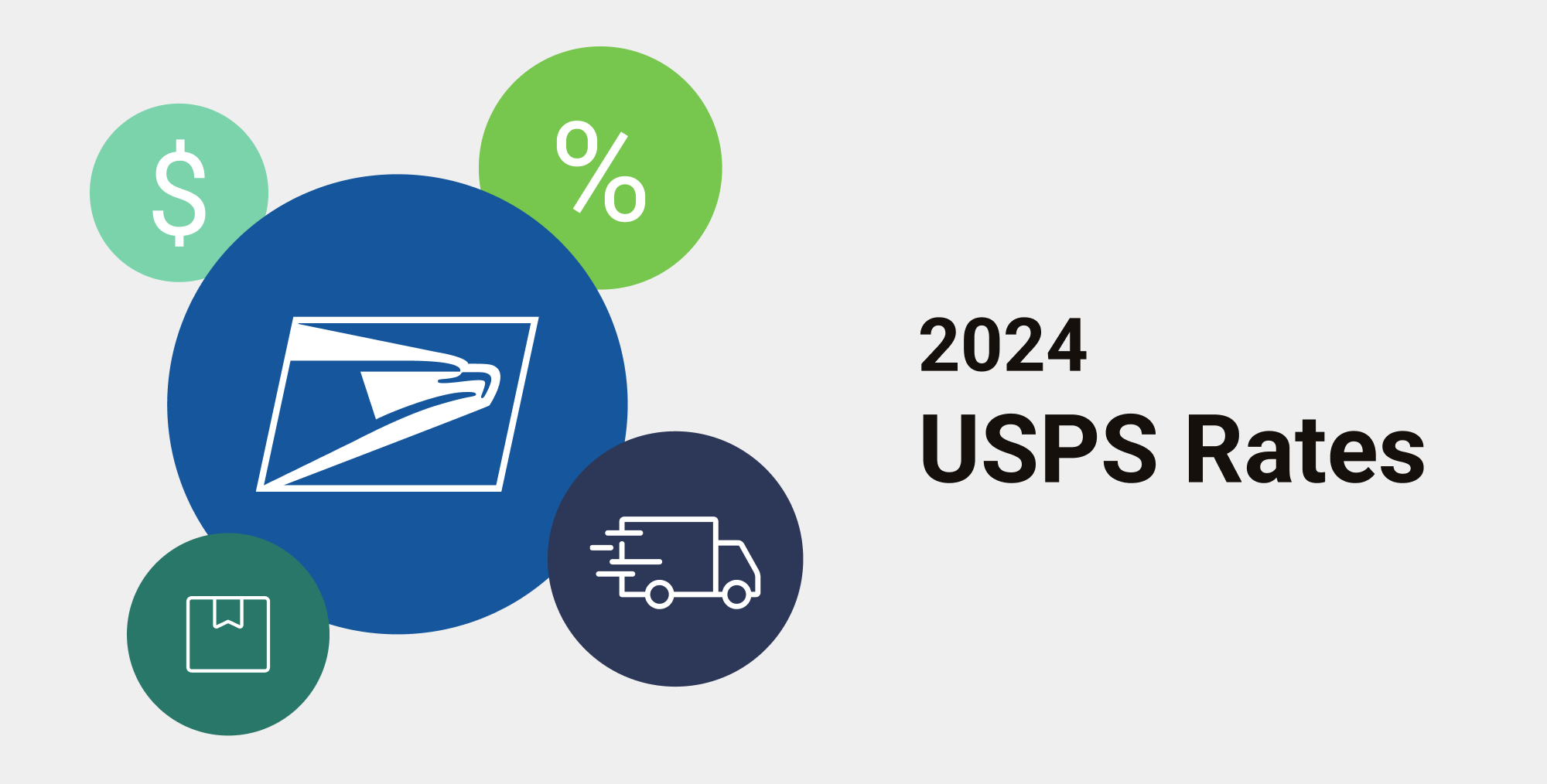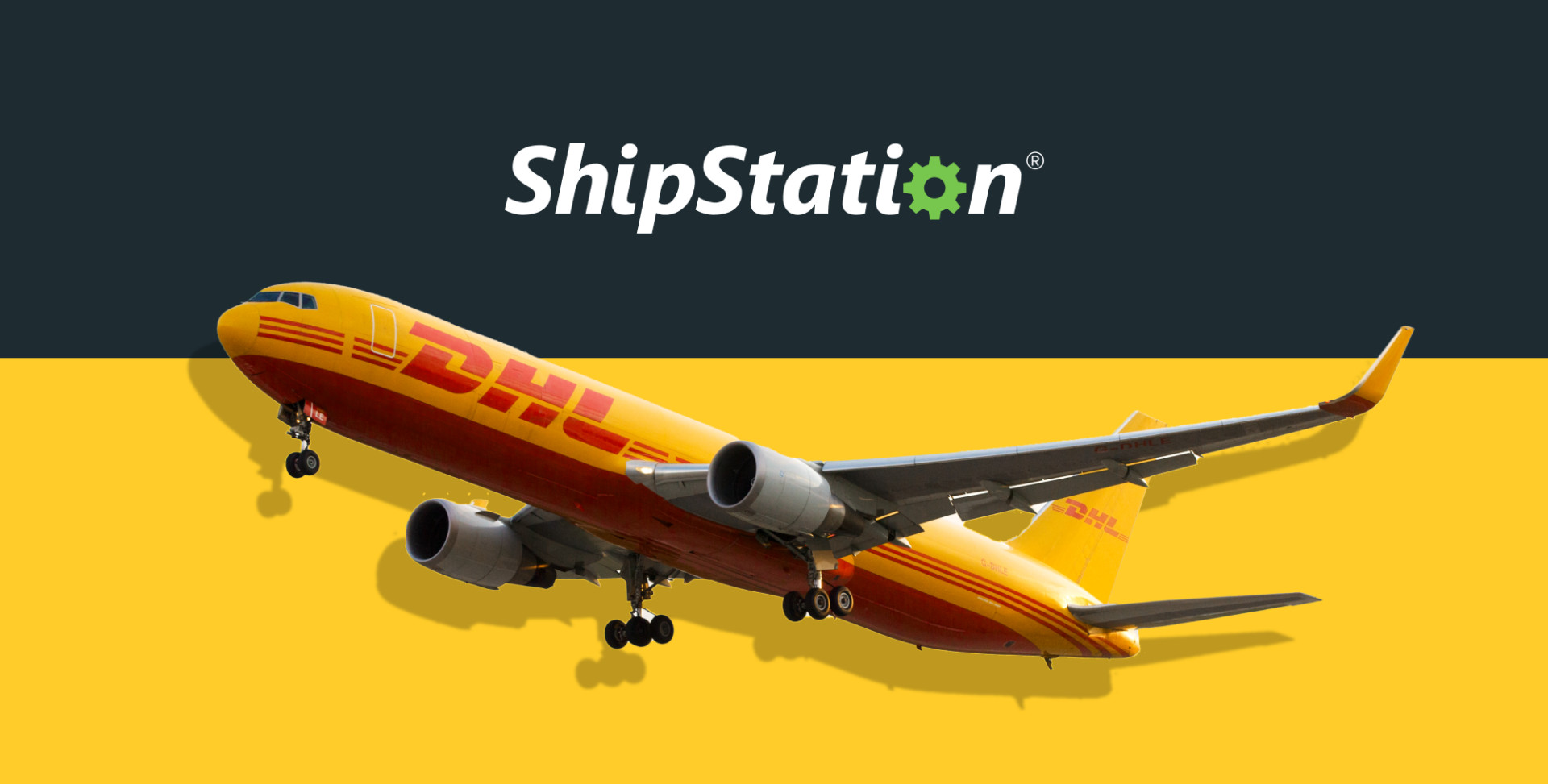Using Shipping to Beat the Big-Box Retailers
Shipping is a great way for eCommerce companies to beat the big-box retailers. A well-planned shipping strategy can give you a competitive edge in the market by increasing sales and customer satisfaction. But you need to pay close attention to your packaging and shipping costs so they don’t cut into your profit margin.
A recent report from L2 research, “How Big Box Brands Fight Amazon on Shipping,” indicates that 79 percent of the brands surveyed offer free shipping while 59 percent offer free shipping with minimum purchase requirements.
Here are eight tips for building an effective online shipping strategy to compete with the big brick and mortar retailers:
1. Pay attention to the packaging. Be sure the box, padded envelope or other packaging reflects your company’s brand. After all, it’s the only physical contact they will have with your online store. Include a catalog, a special offer for repeat customers, a personalized message—or a combination of all three—to generate sales in the future.
2. Provide free shipping. There’s no question that online consumers prefer free shipping; the real issue is whether or not you can afford this service. Many eCommerce businesses, including Amazon, require a minimum purchase—$25 or $50—in order to cover the expense of free shipping. So, take a close look at your product prices, average order size, and margins on customer orders before launching a “free shipping” policy.
3. Offer limited-time promotions. One strategy for attracting customers is to offer a limited-time “free shipping” promotion. This can provide a nice boost to your sales that more than covers the cost of shipping your products.
4. Charge a one-time fee for “free shipping” for an entire year. There’s a reason Amazon Prime is so successful and other retailers are following Amazon’s lead. This program encourages your loyal customers to shop regularly at your online store, knowing that they have already paid for shipping.
5. Offer express delivery. Keep your customers happy by delivering products faster than the competition. Many consumers are willing to pay a little more for express delivery, but will be delighted to receive this service for free.
6. Use a fulfillment service like Fulfillment by Amazon (FBA) to ship your orders. Amazon will store, pack, and ship your products through its distribution system for a price. Your customers can benefit from Amazon’s multiple shipping options, including express shipping to 40 million Amazon Prime members: a potential competitive advantage for your business.
7. Compare shipping companies. Pay close attention to the rates charged by UPS, FedEx, USPS, Amazon and other shipping companies, because rates change frequently. Also look closely at how their rates are constructed. You may be able to cut your shipping costs with a slight reduction in the weight or using a different size of a typical package.
8. Offer free return shipping. Successful ecommerce businesses make it easy for customers to return products. For instance, many Zappos customers purchase shoes in slightly different sizes to see which is the best fit and then ship back the ones that don’t work. To encourage sales as well as trust, you should include return labels and procedures in each package. Make returns as convenient as possible for your customer to encourage them to shop again in the future.
If you want to increase your online sales, build customer loyalty, and compete effectively with the “big boys,” take a close look at your shipping policies and practices. It will be time well spent!





